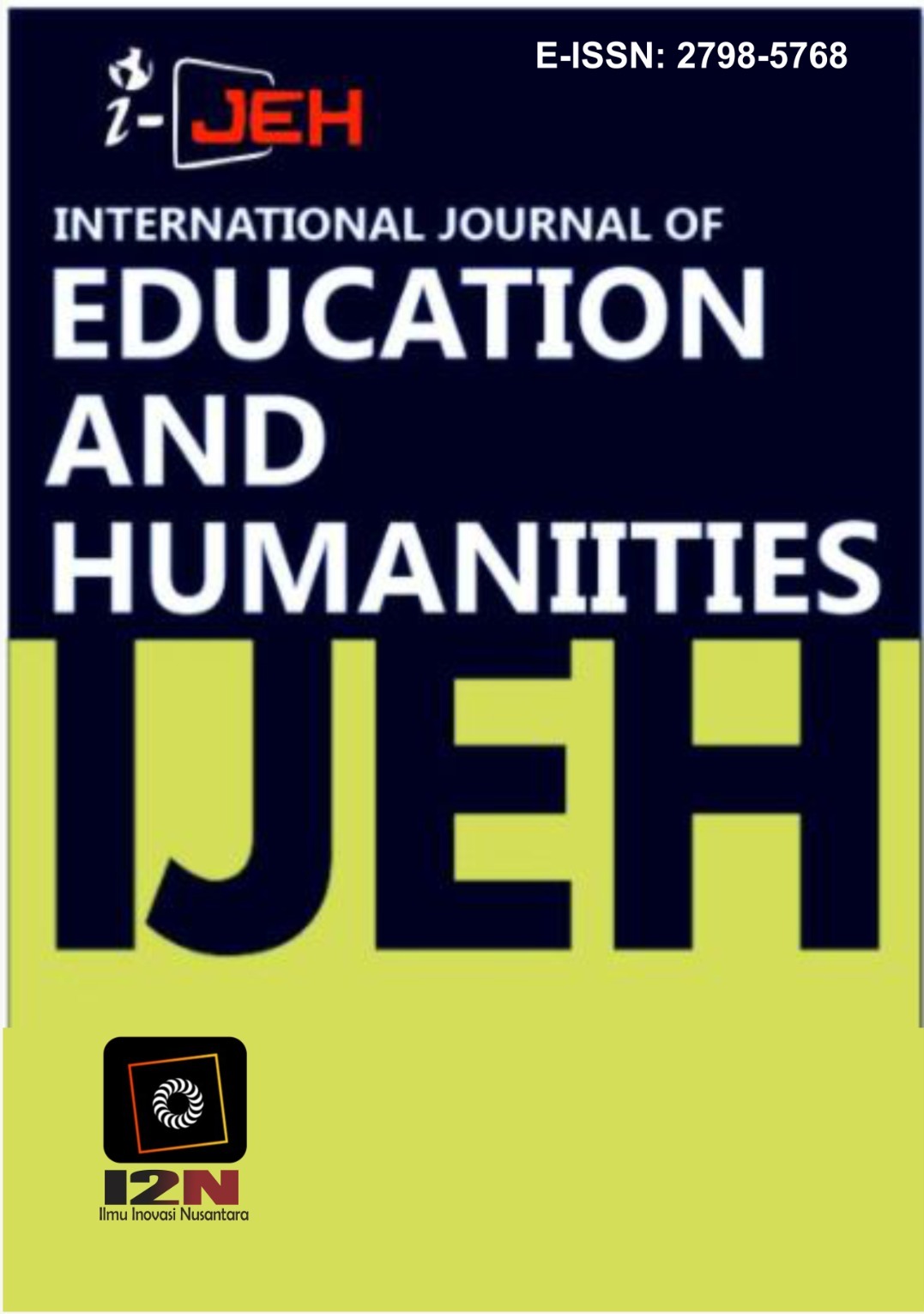The Generation and Development of Metaphoric Lexical Meanings of “Brat” from the Perspective of the Working Hypothesis of the Cactus Model
DOI:
https://doi.org/10.58557/(ijeh).v5i4.370Keywords:
Semantic Change, Cactus Model, Lexical Semantics, Metaphorical ExtensionAbstract
This academic investigation employs Wang Wenbin's Cactus Model of Metaphorical Semantic Change to trace the diachronic development of the lexical item brat. Drawing upon corpus evidence from the Corpus of Contemporary American English spanning three decades, the study identifies four distinct semantic interpretations: an ill-mannered child; offspring within professional or military communities; a largely obsolete term for aprons or overalls; and a contemporary descriptor for individuals exhibiting confidence, independence, and hedonism. Analysis reveals a non-linear evolutionary trajectory progressing from textile-related origins through behavioral associations to sociocultural conceptualizations. The metaphorical mechanisms underpinning this transformation are critically examined. The initial semantic shift occurred through physical resemblance, linking fabric artifacts to child behavior. Subsequent transitions leveraged psychological parallels, connecting behavioral traits to social identity within privileged groups. Most notably, the emergence of the modern connotation reflects sociocultural recontextualization, where notions of privilege were abstracted into expressions of individualism under shifting cultural values. The Cactus Model effectively illustrates these dynamics, demonstrating how semantic nodes interrelate through overlapping attributes while remaining rooted in cultural contexts. Findings confirm that lexical evolution is fundamentally driven by cognitive similarity operating within specific cultural milieus. Each semantic stage retains core attributes while developing distinctive identities, validating the model’s capacity to map how meanings dynamically expand through metaphor. The study highlights the inseparability of linguistic change from its sociocultural ecosystem, demonstrating the explanatory power of the Cactus framework for lexical semantics
References
Allan, K. (2012). The Oxford Handbook of the History of Linguistics. Oxford University Press.
Bybee, J. (2010). Language, Usage and Cognition. Cambridge University Press.
Collins English Dictionary. (n.d.). Brat. Retrieved December 8, 2024, from https://www.collinsdictionary.com/dictionary/english/brat#google_vignette
Collins English Dictionary. (n.d.). Word of the year. Retrieved December 8, 2024, from https://www.collinsdictionary.com/woty
Davies, M. (2008). The Corpus of Contemporary American English (COCA). Available online: https://www.english-corpora.org/coca
Geeraerts, D. (2010). Theories of Lexical Semantics. Oxford University Press.
Gibbs, R. W. (1994). The poetics of mind: Figurative thought, language, and understanding. Cambridge University Press.
Hilpert, M. (2013). Constructional Change in English: Developments in Allomorphy, Word Formation, and Syntax. Cambridge University Press.
Hou, Z., & Lu, H. (2024). A study on the evolution of the meaning of the word “Shenren” based on the cactus development model. New Chu Culture, (23), 81–84.
Kövecses, Z. (2005). Metaphor in Culture: Universality and Variation. Cambridge University Press.
Lakoff, G., & Johnson, M. (1980). Metaphors We Live By. University of Chicago Press.
Lakoff, G., & Johnson, M. (1980). Metaphors we live by. University of Chicago Press.
Sweetser, E. (1990). From etymology to pragmatics: Metaphorical and cultural aspects of semantic structure. Cambridge University Press.
Traugott, E. C., & Dasher, R. B. (2002). Regularity in Semantic Change. Cambridge University Press.
Wang, W. (2001). Semantics of English vocabulary. Zhejiang Education Publishing House.
Wang, W. (2006). On similarity in metaphor. Journal of Sichuan University of Foreign Languages, (02), 125–130.
Wang, W. (2007). The generation and evolution of metaphorical word meanings. Foreign Languages and Their Teaching, (04), 13–17.
Wang, W. (2013). A Cactus Model of Metaphorical Semantic Change. Foreign Language and Literature, 29(1), 1–7.
Downloads
Published
How to Cite
Issue
Section
License
Copyright (c) 2025 Zhu Shuangjie, Yang Tangfeng

This work is licensed under a Creative Commons Attribution-ShareAlike 4.0 International License.














